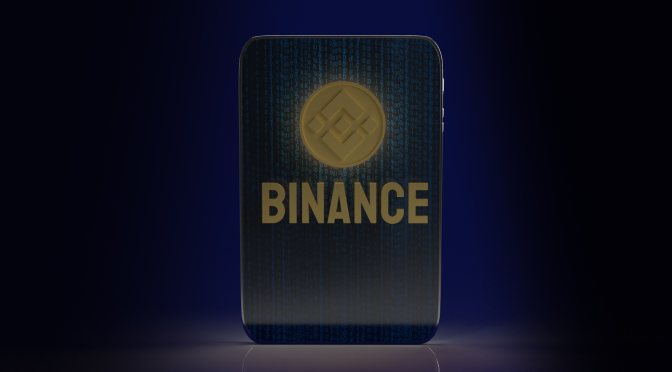When it comes to cryptocurrency exchanges, Binance is one of the most popular platforms available. Binance boasts fast transaction speeds, low transaction fees, and multiple platforms to access its services.
Binance, one of the top cryptocurrency exchanges by volume, has specific fees for each action. Unlike other exchanges, though, Binance doesn’t base its fees on a coin or transaction amount. Instead, users pay fees as a percentage of their total trade value. Here, we break down how Binance’s fee structure compares and how it compares to Coinbase, another popular exchange.
Binance Fees
Binance is known for having low trading fees, and its fee schedule has not always stayed the same. That’s because it has adjusted its fees several times throughout its existence. If you’re new to it, then it’s a good idea to familiarize yourself with their fee schedule.
Binance, the world’s largest cryptocurrency exchange by volume, is a fast, intuitive, and reliable source of cryptocurrency trading. It is suitable for both beginners and experienced traders, and its extensive list of supported coins makes it an excellent starting point for new crypto investors. But as with any exchange, Binance’s fees still apply.
Purchase Fees
Pay for storage rentals at self-storage facilities, and you will be charged a rental or purchase fee. The rental or purchase fee is a non-refundable charge assessed monthly and is due on the first day of each month. Storage facilities assess this fee on self-storage units of various sizes.
A purchase fee is a charge a lender charges the borrower to cover the non-tangible costs related to originating the loan. The fee allows the lender to recover some of the cost associated with processing the loan, as well as some of the projected revenue the lender loses when the borrower’s interest rate is below the level necessary to cover all costs.
Deposit Fees
When it comes to banking, it’s easy to get overwhelmed by rules and regulations, fees, and minimum deposit amounts. Navigating the ins and outs of banking can be so overwhelming that it can be easy to overlook the fees that add up. But, it’s important to remember that it’s not just banking fees that keep banks in business—it also pays attention to the features that make one bank better than another.
Hiring a moving company can be a stressful process. Figure out which moving company you’re going to hire by coming up with a list of questions to ask each potential business. Don’t forget to ask about the deposit fees.
Trading Fees
When you invest your money, there’s a good chance you’ll be charged trading fees by your stockbroker, even if you have an investment portfolio with a name that takes up multiple lines on the periodic table. Trading fees vary widely, from a few dollars to over $100. It all depends on the type of account you have, how you trade and what types of securities you trade.
Even the lowest-cost online stock broker can’t beat the market 100% of the time. And fees can take a big bite out of your profits, especially if you trade a lot. But you can do a few things to ensure you know what you’re getting into before signing up.
Withdrawal fees
When you open a checking account, you’ll be charged an upfront fee as well as account maintenance fees. But more and more banks are adding a fee to the mix: a “cashless withdrawal fee” for using your debit card. These fees are typically assessed when your purchase is under $10—but some banks assess them for any amount.
Nobody likes to be charged fees, but its life (and business) is a fact. However, some banks are more tightly regulated than others, and some have fee policies that are more open than others. Today we’ll outline withdrawal fees and when you should expect to incur them.
Maker or Taker
While it’s a popular theory that women tend to “take care” of the home and men “take care” of the money, that’s not always the case. Everyone has something they’re better at, whether it’s cooking, cleaning, or budgeting. Of course, some household duties fall solely on the shoulders of one gender, like taking out the trash, taking the car in for maintenance, or paying the bills. But for the most part, especially when it comes to saving, everyone has the potential to become a maker or a taker.
